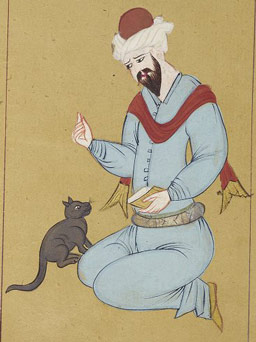Learning Turkish in Early Modern Europe 1544 - 1680
Nil Palabiyik, British Academy Postdoctoral Fellow

The current complex, even fraught, relations between Europe and Turkey are not new. Ever since the fall of Constantinople (1453) and the siege of Vienna (1529) Turkey has been a looming presence on Europe’s eastern horizon.
In the 16th–17th centuries, as the commercial and political interests of European powers expanded into the Levant, that relationship became intense.
Much has been written about the military, diplomatic and commercial aspects of this encounter through the dated lens of 'the clash of civilisations’.
This British Academy funded research offers an alternative view by exploring this intriguing relationship through the neglected medium of Turkish manuscripts and early printed books.
The staggering abundance of early modern Turkish-language material copied and annotated by Western scholarly hands that are found in public, university and private collections in Britain and Western Europe tell a story not just of rivalry and conflict, but also of curiosity and cooperation, in which Ottoman scholars help European Orientalists decipher their intellectual tradition.
The project aims to contribute to a more inclusive and broader understanding of the learned practices that influenced Oriental studies in Europe through an examination of the use, circulation and reception of Turkish books.
